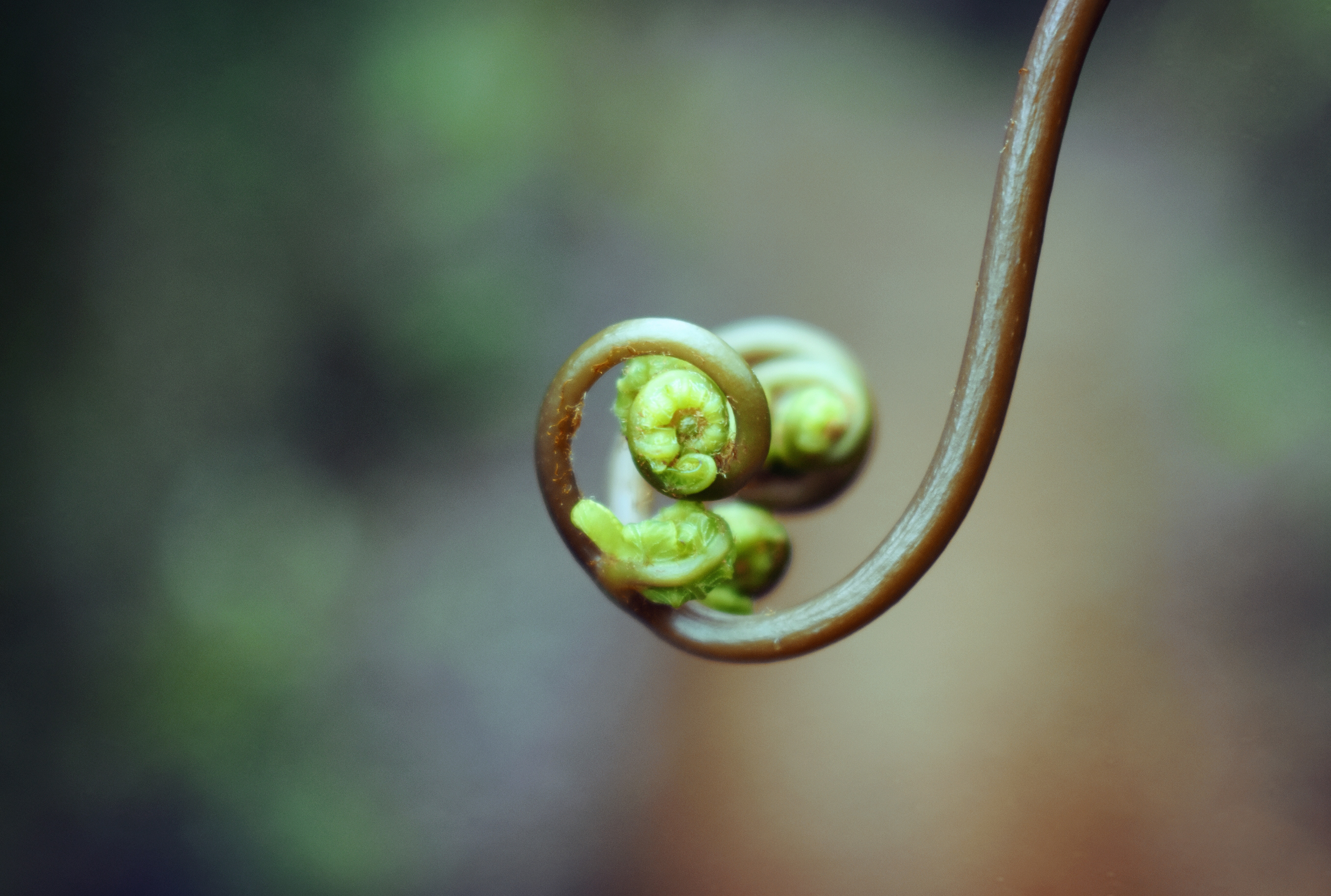Selected Publications
Bernardo, H. L., M. A. Albrecht, and T. M. Knight. 2016. Increased drought frequency alters the optimal management strategy of an endangered plant. Biological Conservation 203: 243-251.
Smith, A. B., Q. G. Long, and M. A. Albrecht. 2016. Shifting targets: spatial priorities for ex situ plant conservation depend on interactions between current threats, climate change, and uncertainty. Biodiversity and Conservation 25: 905-922.
Albrecht, M. A., R. E. Becknell, and Q. Long. 2016. Habitat change in insular grasslands: Woody encroachment alters the population dynamics of a rare ecotonal plant. Biological Conservation 196:93-102.
Williams, R. B., L. Du, V. L. Norman, M. G. Goering, M. O'Neil-Johnson, S. Woodbury, M. A. Albrecht, D. R. Powell, R. H. Cichewicz, G. R. Eldridge, and C. M. Starks. 2014. Diterpenes from the endangered goldenrod Solidago shortii. J Nat Prod 77:1438-1444.
Albrecht, M.A. and Q.G. Long. 2014. Germination ecology of the permanent wetland specialist, Parnassia grandifolia. Seed Science Research 24: 239-245.
Albrecht, M. A., L.A. Broecker, C. Romero-Hernandez, and A. J. Miller. 2014. Conservation genetics of edaphic endemics in naturally isolated habitats: a case study with Geocarpon minimum (Caryophyllaceae). Journal of the Torrey Botanical Society 141: 1-13.
Brandt, L. and 33 authors including M.A. Albrecht. 2014. Central Hardwoods Ecosystem Vulnerability Assessment and Synthesis: A report from the Central Hardwoods Climate Change Response Framework. Gen. Tech. Rep. NRS-124. Newtown Square, PA; U.S. Department of Agriculture, Forest Service, Northern Research Station. 254 p.
Smith, A.B, M.A. Albrecht, Q.G. Long, and C.E. Edwards. 2013. Chaperoned managed relocation: a plan for botanical gardens to facilitate the movement of plant in response to climate change.
Maschinski, J., M. A. Albrecht, L. T. Monks, and K. E. Haskins. 2012. Center for Plant Conservation Best Reintroduction Practice Guidelines. Pages 277-306. Plant reintroduction in a changing climate. J. Maschinski and K. E. Haskins (editors). Island Press, Washington DC.Albrecht, M.A. and J.M. Maschinsky. 2012. Influence of founder population size, propagule stages, and life history on the survival of reintroduced plant populations. Plant reintroduction in a changing climate. J. Maschinski and K. E. Haskins (editors). Island Press, Washington, DC.
Kennedy, K.L., Maschinski, J.M., Albrecht, M.A., S. Dalrymple, and E.O Guerrant, Jr. 2012. Synthesis and future directions in plant reintroduction biology. Pages 265-276. Plant reintroduction in a changing climate. Maschinski and K. E. Haskins (editors). Island Press, Washington, DC.Albrecht, M.A. and J.C. Penagos Z. 2012. Seed germination ecology of three imperiled plants of rock outcrops in the southeastern United States. Journal of the Torrey Botanical Society 139: 85-94.
Albrecht, M.A., E.O Guerrant Jr., J.M. Maschinsky and K.L. Kennedy. 2011. Editorial: A long-term view of rare plant reintroduction. Biological Conservation 144: 2557-2558.Albrecht, M.A. and B.C. McCarthy. 2011. Variation in seed dormancy and germination in three co-occurring forest herbs of eastern deciduous forests. Plant Ecology 212: 1465-1477.
Albrecht, M.A. and K.A. McCue. 2010. Changes in demographic processes over long time scales reveal the challenges of restoring an endangered plant. Restoration Ecology 18: 235-243.
Albrecht, M.A. and B.C. McCarthy. 2009. Seedling recruitment limitation shapes the distribution of shade-adapted forest herbs across a topographic moisture gradient. Journal of Ecology 97: 1037-1049.
Albrecht, M.A. and B.C. McCarthy. 2007. Effects of dry storage on seed dormancy and survivorship in goldenseal (Hydrastis canadensis L.) and black cohosh (Actaea racemosa L.). Seed Science and Technology 35: 414-422.
Albrecht, M.A. and B.C. McCarthy. 2006. Comparative analysis of goldenseal (Hydrastis canadensis L.) population re-growth following human harvest: implications for conservation. American Midland Naturalist 156: 229-236.
Albrecht, M.A. and B.C. McCarthy. 2006. Effects of prescribed fire and thinning on tree recruitment patterns in central hardwood forests. Forest Ecology and Management 226: 88-103.


